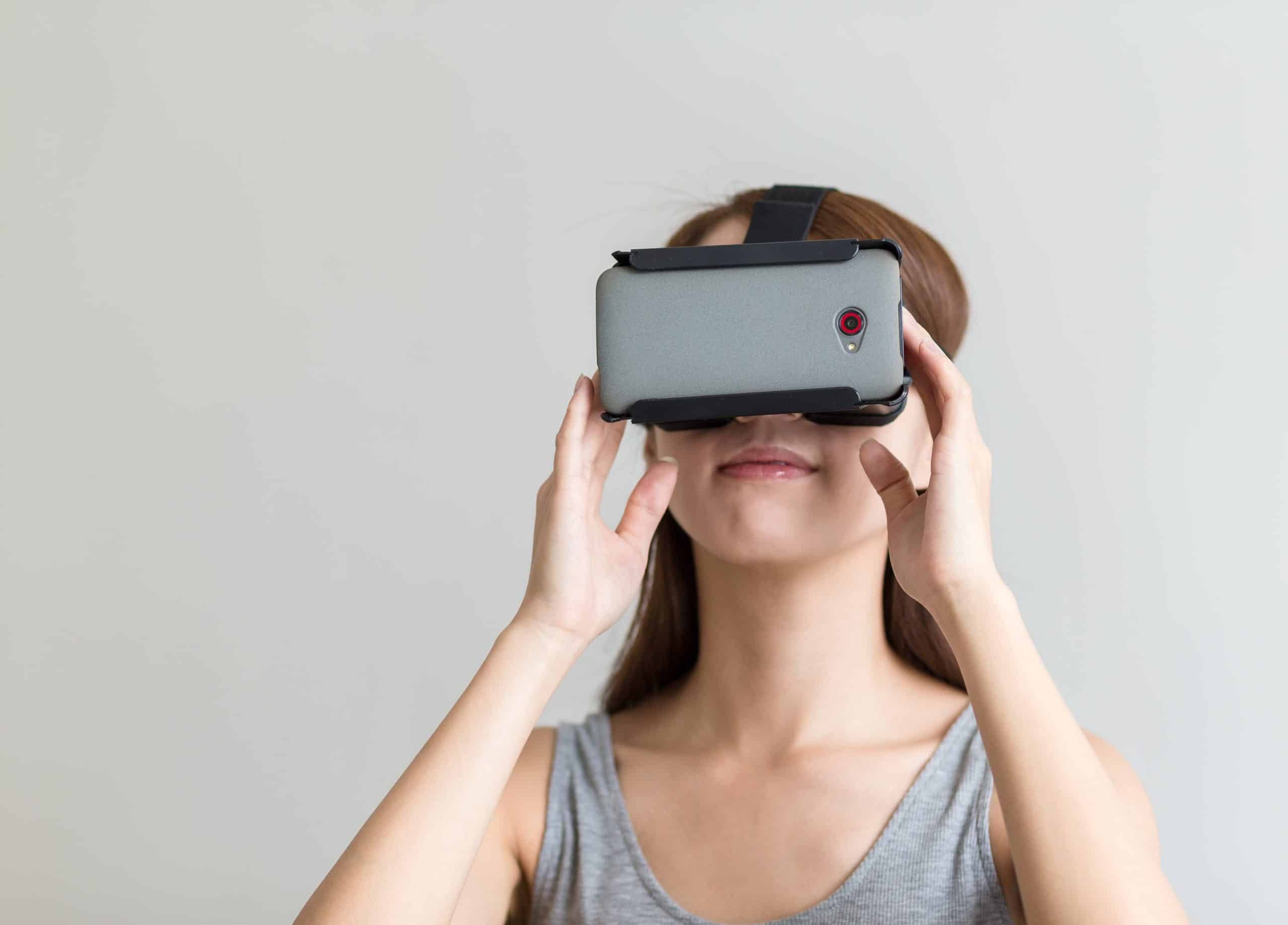The integration of technology in diverse sectors has become a critical phenomenon in the 21st century. With the ever-growing digital sphere, businesses have been forced to keep pace with the advancements. The use of robots, particularly in the area of telepresence, has been on the rise. This article explores the role of telepresence robots in enhancing remote collaborations in UK businesses.
Understanding Telepresence Robots
A telepresence robot is a remotely controlled, wheeled device that has wireless internet connectivity. Typically, it uses a tablet to provide video and audio capabilities. Telepresence robots enable people to attend meetings remotely, monitor progress in a factory, give a lecture, or provide consultations from thousands of miles away. This technology is designed to give the user a more immersive experience beyond what traditional video conferencing offers.
Cela peut vous intéresser : How Can Smart Diapers Monitor Infant Health and Provide Parenting Insights?
These robots bridge the communication gap between remote workers and onsite teams, providing a physical presence that can be controlled by the user from any location. They offer flexible mobility, allowing you to "walk" around, move closer to people or objects, and have private conversations.
Market Growth of Telepresence Robots
The market for telepresence robots is experiencing substantial growth. This growth is fuelled by the increasing need for businesses to find innovative ways of communication and collaboration. With the rise of remote work, particularly spurred by the recent global health crisis, businesses are realizing the potential of telepresence robots in promoting social inclusion and effective collaboration.
A lire en complément : What’s the Role of Interactive Digital Signage in Enhancing Customer Experience?
Telepresence robots combine the benefits of telecommunication with the warmth of human interaction, offering a hybrid model that can cater to the evolving needs of businesses. According to market analysis, the telepresence robot market growth was valued at $145.8 million in 2019, with a projection to reach $312.6 million by 2027.
This growth is not confined to America, as Europe, and particularly the UK, is also experiencing a similar trend. These robots are being used in healthcare, education, businesses, and even for personal use.
The Role of Telepresence Robots in Healthcare
Telepresence robot technology has been notably effective in the healthcare sector. It allows healthcare providers to extend their services to remote areas and provide care to patients who cannot travel.
For instance, doctors can use these robots to conduct remote consultations, monitor patient’s health, and even perform surgeries with the aid of robotics. This not only improves the accessibility of healthcare services but also reduces the pressure on healthcare facilities and staff.
In the UK, telepresence robots are used in hospitals to provide continual care to patients and minimize the risk of disease transmission. Patients can communicate with their healthcare providers via video conferencing, receive real-time updates about their condition, and feel more connected to the care process.
Enhancing Remote Collaboration in UK Businesses
In the UK, businesses are increasingly investing in telepresence robots to enhance remote collaboration. These robots offer a more engaging and interactive form of communication compared to regular video conferencing.
Unlike traditional video calls where participants are confined to a single screen, telepresence robots give the user the ability to freely move around the workspace. This allows for more natural conversation flows, as you can "walk" over to a colleague’s desk, join different groups, and even participate in water-cooler chats.
Furthermore, these robots provide a sense of social presence that can significantly boost team cohesion and productivity. They help remote employees feel like they’re physically present in the office, fostering a more inclusive work environment.
Apart from promoting effective communication, telepresence robots can also play a significant role in training and skill development. For instance, new employees can be onboarded through these robots, allowing them to familiarize themselves with the office and interact with their colleagues.
Conclusion
From the above discussion, it’s clear that telepresence robots have the potential to significantly enhance remote collaboration in UK businesses. They offer a more immersive and engaging form of communication, promoting social inclusion and team cohesion.
Moreover, these robots have found significant application in the healthcare sector, improving the accessibility and quality of care. With the market growth of telepresence robots set to increase, it’s certain that they will continue to shape the future of remote work and collaboration.
However, it’s also essential to consider the challenges associated with this technology, such as privacy concerns and technical glitches. Businesses that seek to invest in telepresence robots must ensure they have robust security measures in place and provide adequate training to their employees.
As we move towards a more digitalized and interconnected world, the integration of innovative technologies like telepresence robots will be crucial in redefining how businesses operate and collaborate.
The Impact of Telepresence Robots on Education
The role of telepresence robots in enhancing remote collaboration is not just confined to healthcare and businesses; it’s also making significant inroads in the education sector. These robots are effectively bridging the gap between traditional classroom learning and online education, offering a more interactive and engaging learning experience.
In the UK, telepresence robots are being used in classrooms to deliver lectures, conduct parent-teacher meetings, and facilitate remote learning. The ability to freely navigate during a session gives educators the chance to engage with students in a more personal way, almost as if they were physically present in the classroom.
Furthermore, these robots provide unique opportunities for students who are unable to attend school due to health issues or geographical distances. Similarly, for higher education, universities have started utilising these robots to provide remote office hours, conduct research meetings, and even for graduation ceremonies.
For instance, the University of Bath, a leader in technology integration for education, has recently launched a mobile telepresence project. This allows students who are unable to physically attend lectures to log into a telepresence robot and participate in class discussions, practical labs, and group activities. This innovative approach not only promotes inclusivity but also encourages active participation.
However, it’s crucial to address concerns related to data privacy and security. Schools and universities must ensure that they have secure networks and strict controls in place to prevent any form of data breach.
Telepresence Robots in the Global Market
While this article focuses on the UK, it’s crucial to understand the global context of the telepresence robot market. According to a recent market analysis, the global telepresence robot market is experiencing significant growth. North America holds the largest market share, followed by Europe and Asia-Pacific.
Factors such as technological advancements, increased remote work, and the need for better healthcare facilities are driving the market growth globally. Companies like Double Robotics and InTouch Health are leading the market with their innovative products.
In addition, emerging markets in Latin America, the Middle East, and East Africa are also showing a keen interest in this technology, indicating a promising future for the telepresence robot market.
However, the high cost of these robots and issues related to reliability and security are some of the challenges that could impede market growth. Therefore, companies should focus on improving the affordability and reliability of these robots while also ensuring the highest level of security.
Conclusion
In conclusion, telepresence robots are reshaping the future of remote collaboration in various sectors, including healthcare, education, and businesses. They provide a more immersive form of communication, bridging the gap between remote and onsite participation.
In the UK, these robots are being increasingly adopted to promote social inclusion, enhance team cohesion, and offer flexible mobility. The market growth of telepresence robots, both in the UK and globally, signifies their potential to redefine the ways we work, learn, and interact.
However, it’s also important to address the challenges associated with this technology. Businesses and institutions must consider factors like data privacy, security, and the cost of these robots. As the use of telepresence robots continues to grow, robust security measures and employee training will be critical.
As we navigate towards a more digital, interconnected world, the role of telepresence robots in enhancing remote collaboration cannot be overstated. This technology is likely to be an integral part of our future, revolutionising the way we communicate and collaborate.











